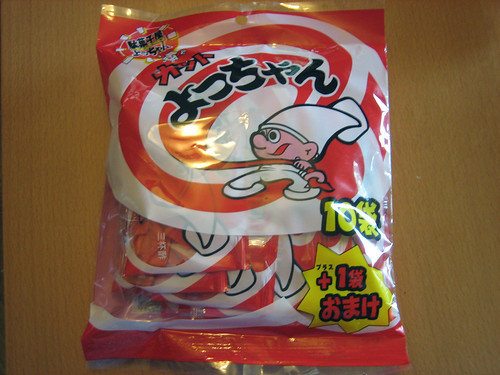As you can tell, my posts are getting sparser as I am about to move from one part of America to another.
So let me tell you a little about moving and apartments in Japan.
First of all, if you are not Japanese, you can't get a regular apartment without a guarantee from a Japanese citizen. There are some exceptions: a few apartment complexes might make the guarantee for you if they are foreigner-oriented, or they are gaijin houses (usually small apartments with communal toilets and baths).
If you have a guarantee, or just want to try your luck, bring money - LOTS.
You have to pay 礼金 (reikin), or key money - this is a non-refundable deposit equivalent to 2-3 month of rent. It is 礼 (rei) which means it is a thank you to your wonderful apartment owner for being so nice as to provide you with a living space. Yes, Japanese actually think like this. Your landlord might also require you to repay it every 2 years, or evict you.
You have to pay a 敷金 (shikikin)/保証金 (hoshoukin), the same as a deposit, and can range from 1-4 months of rent, as the trend of using reikin is slowly decreasing. This will be refunded if YOU clean the apartment (replace the tatami mats, carpet, wallpaper, and fusuma). Otherwise the hoshoukin will go to fix this. There is a good chance that upon leaving the apartment when the landlord inspects, he'll find a spot of mildew and choose to keep the money.
Finally, you have the 家賃 (yachin), or the rent. This usually depends on where you live, how close it is to the train station, and how good your 紹介 (shokai - introduction) was. If you have a very influential member of the community introduce and recommend you to a landlord, you can get away with murder. I knew a Canadian girl who had literally over 3,000 sq. ft of apartment on a building and had huge parties of gaijin EVERY WEEKEND - she paid 5man yen ($500) a month. The only reason she got it was because she was hot and both the vice chief of police and a member of the city council liked her, A LOT. One drunken excursion with the landlord, and this girl got apartment space reserved for commercial use, at a fraction of the price.
Around $500, btw, is a very good number for a foreigner. If a landlord wants more, just say you had seen another apt. for $500 in the same area. The landlord might drop the price. $500 is an excellent price, and you should pay about $1500 to $2000 15-20man yen, for your first payment of deposits and rent.
And remember, be a good renter. I knew an Australian fellow in Kyoto that was so rambunctious, his landlord actually burned down his own apt. building to collect insurance money and flush the guy out of the apartment (or so it was said). A landlord can't evict you until contract renewal (usually 2 years), in most cases.
 CHINTAI
CHINTAI, btw, is a great place to find apartment info if you can read Japanese.
PS: I was farting around with Chintai, and I found that my old apartment is up for rent! Feel free to apply. Since I, a foreigner, have already been there, maybe the landlord will allow another gaijin to live in
beautiful Arashiyama, Kyoto!
























































